A recently unearthed Roman-era statue of a woman — possibly a deity or empress — draped in cloth, at the Chellah necropolis in Rabat, Morocco.
(AP: Mosa'ab Elshamy)
Key points:
Key points:
A port district, a bath and a headless statue are among findings in a Roman-era site in Rabat
Archaeologists are working to expand the site in search of the actual port
Morocco's minister of youth, culture and communication wants to transform the site into a tourist attraction
Archaeologists have unearthed more ancient ruins of what they believe was once a bustling port city near the capital of modern-day Morocco, digging out thermal baths and working class neighbourhoods.
The country hopes the archaeological site in Rabat, now the third largest in Morocco, will lure tourists and scholars in the years ahead.
Researchers from Morocco's National Institute of Archaeological Sciences and Heritage presented new discoveries made this year at Chellah — a 3.15-square-kilometre UNESCO World Heritage Site with a footprint almost five times the size of Pompeii.
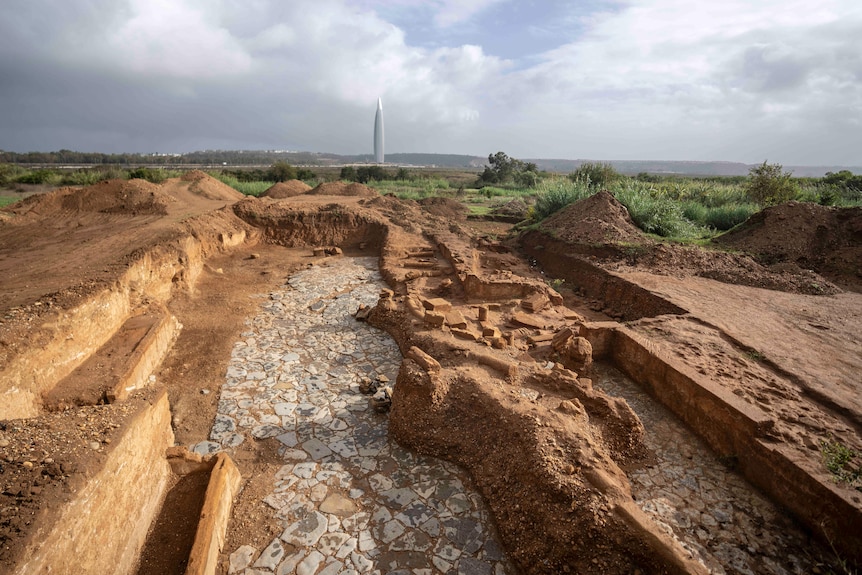
More information about early settlers
The archaeological site will offer insight into the lives of Roman settlers and Romanised Moroccans or Mauro-Romans in that era, lead archaeologist Abdelaziz El Hatyai said.
The Roman-era bath spans over 2,000 square metres (21,527 square feet) resembling imperial counterparts in Rome, he said.
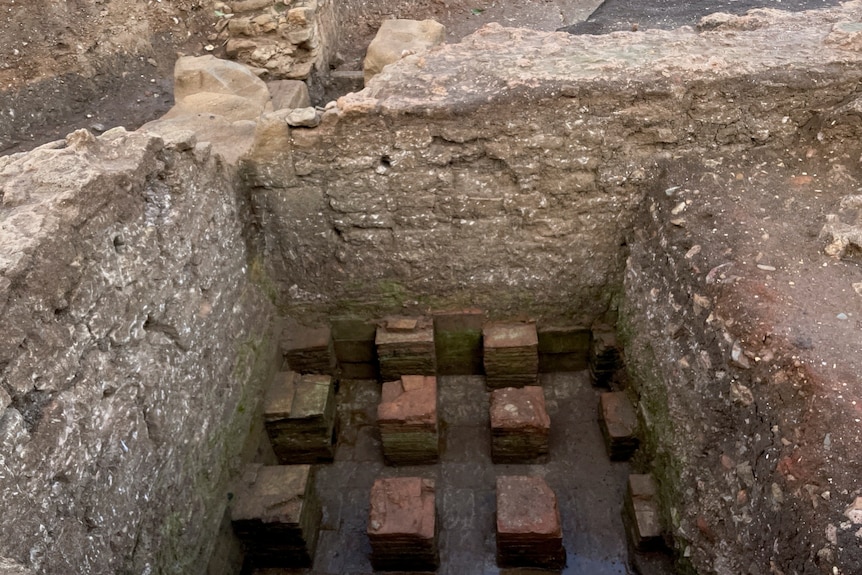
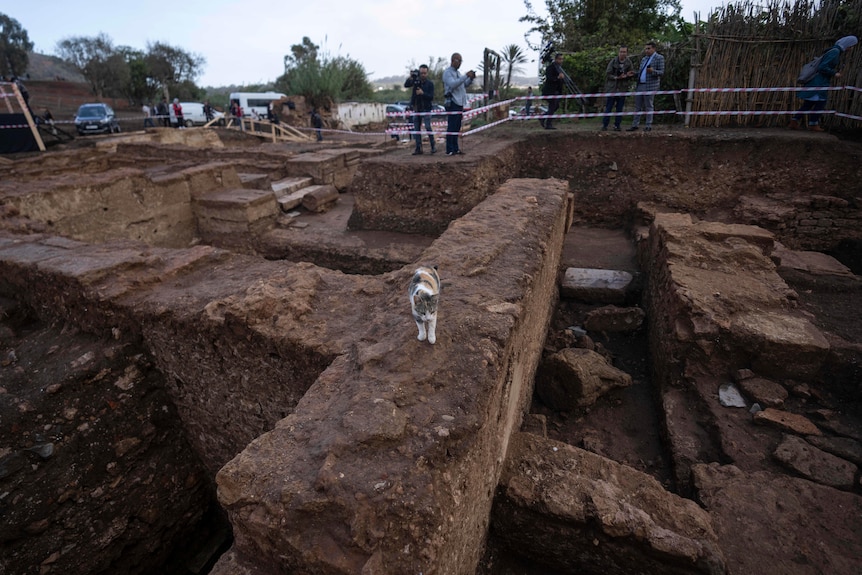
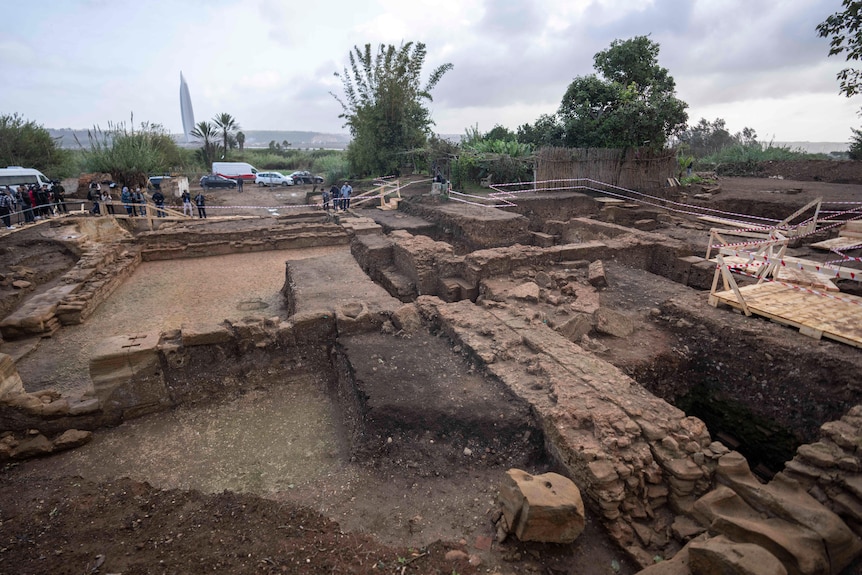
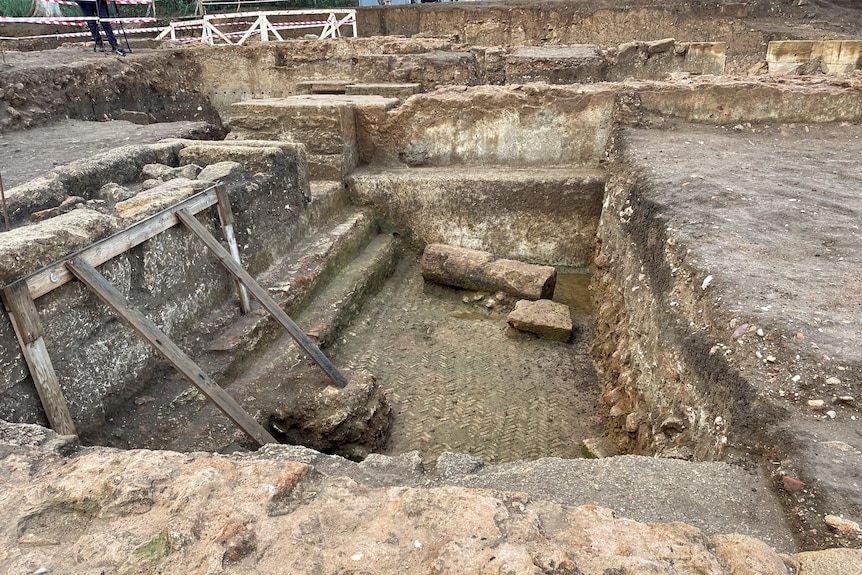
However, scholars believe the area was first settled by the Phoenicians and emerged as a key Roman empire outpost from the second to fifth century.
Findings have included bricks inscribed in neo-Punic, a language that predates the Romans' arrival in Morocco.
The fortified necropolis and surrounding settlements were established near the Atlantic Ocean along the banks of the Bou Regreg river.
It is believed the Muslim Marinid dynasty had built the fortified necropolis in the 13th century.
Headless statue among new discoveries
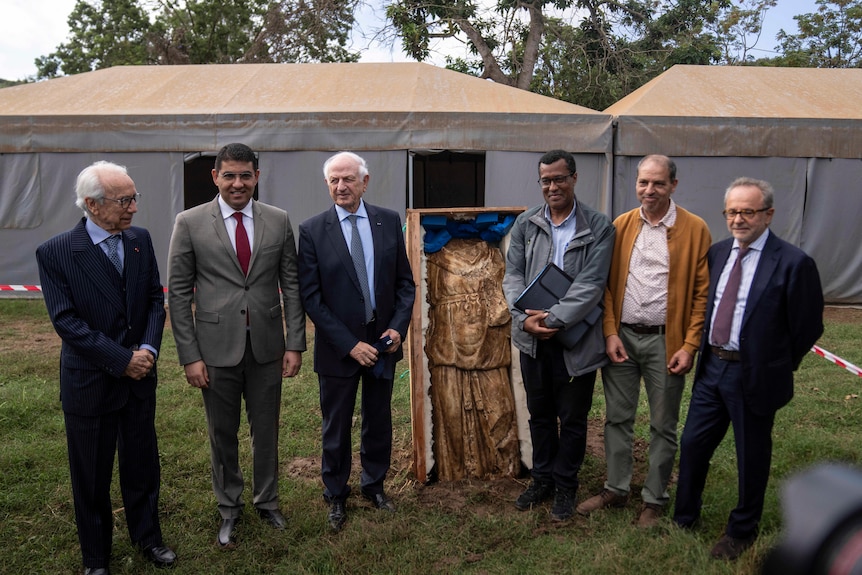
Archaeologists are working to expand the site in search of the actual port
Morocco's minister of youth, culture and communication wants to transform the site into a tourist attraction
Archaeologists have unearthed more ancient ruins of what they believe was once a bustling port city near the capital of modern-day Morocco, digging out thermal baths and working class neighbourhoods.
The country hopes the archaeological site in Rabat, now the third largest in Morocco, will lure tourists and scholars in the years ahead.
Researchers from Morocco's National Institute of Archaeological Sciences and Heritage presented new discoveries made this year at Chellah — a 3.15-square-kilometre UNESCO World Heritage Site with a footprint almost five times the size of Pompeii.
The site of recently unearthed archaeological ruins, in Chellah necropolis, Rabat, Morocco.
(AP: Mosa'ab Elshamy)
More information about early settlers
The archaeological site will offer insight into the lives of Roman settlers and Romanised Moroccans or Mauro-Romans in that era, lead archaeologist Abdelaziz El Hatyai said.
The Roman-era bath spans over 2,000 square metres (21,527 square feet) resembling imperial counterparts in Rome, he said.
However, scholars believe the area was first settled by the Phoenicians and emerged as a key Roman empire outpost from the second to fifth century.
Findings have included bricks inscribed in neo-Punic, a language that predates the Romans' arrival in Morocco.
The fortified necropolis and surrounding settlements were established near the Atlantic Ocean along the banks of the Bou Regreg river.
It is believed the Muslim Marinid dynasty had built the fortified necropolis in the 13th century.
Headless statue among new discoveries
Archaeologists and officials present the recently discovered statue.
(AP: Mosa'ab Elshamy)
At a news conference, Professor El Khayari and his team of archaeologists showed reporters a recently discovered statue of a woman — possibly a deity or empress — draped in cloth.
It was the first of such a statue discovered in Morocco since the 1960.
Professor Khayari believed the statue to be of a Roman deity, noting that it was a common practice to behead statues representing Roman gods when ancient Moroccans adopted Christianity around the fifth century.
Excavations continue in seek of actual port
The main excavation site has been closed for renovations since the pandemic.
Archaeologists have worked on expanding it since March, in an ongoing effort to find the port and other parts of what is believed to be one of the largest Roman towns in the country.
The footprint — including the extended site — is larger than that of Volubilis, widely visited ruins, 179 kilometres east of Rabat.
Mr Khayari, also a professor of pre-Islamic archaeology from Morocco's National Institute of Archaeological Sciences and Heritage said the site's significance stems from its location on the water.
This likely made it an important trading site, facilitating the exchange of materials including the import of Italian marble and export of African ivory.
He said that new excavations underscored the city's wealth and hoped to find out more in the coming months and years.
"We still haven't discovered the actual port," he said.
Opportunity for local and international tourism

At a news conference, Professor El Khayari and his team of archaeologists showed reporters a recently discovered statue of a woman — possibly a deity or empress — draped in cloth.
It was the first of such a statue discovered in Morocco since the 1960.
Professor Khayari believed the statue to be of a Roman deity, noting that it was a common practice to behead statues representing Roman gods when ancient Moroccans adopted Christianity around the fifth century.
Excavations continue in seek of actual port
The main excavation site has been closed for renovations since the pandemic.
Archaeologists have worked on expanding it since March, in an ongoing effort to find the port and other parts of what is believed to be one of the largest Roman towns in the country.
The footprint — including the extended site — is larger than that of Volubilis, widely visited ruins, 179 kilometres east of Rabat.
Mr Khayari, also a professor of pre-Islamic archaeology from Morocco's National Institute of Archaeological Sciences and Heritage said the site's significance stems from its location on the water.
This likely made it an important trading site, facilitating the exchange of materials including the import of Italian marble and export of African ivory.
He said that new excavations underscored the city's wealth and hoped to find out more in the coming months and years.
"We still haven't discovered the actual port," he said.
Opportunity for local and international tourism
A view shows what Moroccan archaeologists said is a Roman-era archaeological site that they uncovered in Rabat.
(Reuters: Ahmed El Jechtimi )
Mehdi Ben Said, Morocco's Minister of Youth, Culture and Communication, said that he was confident the ruins' location near the centre of Morocco's capital would become a draw for tourists both from Morocco and abroad.
His department has invested close to 455,000 euros ($750,000) in the project since March, and plans to double that amount next year and each year following until excavation is complete.
"It's something that can interest everyone," Mr Ben Said said.
"Sites like Volubilis get 500,000 visitors per year. We are aiming for 1 million by developing this site, bringing it to life, setting up marketing, communications and everything."
AP/Reuters
Mehdi Ben Said, Morocco's Minister of Youth, Culture and Communication, said that he was confident the ruins' location near the centre of Morocco's capital would become a draw for tourists both from Morocco and abroad.
His department has invested close to 455,000 euros ($750,000) in the project since March, and plans to double that amount next year and each year following until excavation is complete.
"It's something that can interest everyone," Mr Ben Said said.
"Sites like Volubilis get 500,000 visitors per year. We are aiming for 1 million by developing this site, bringing it to life, setting up marketing, communications and everything."
AP/Reuters
No comments:
Post a Comment